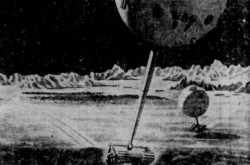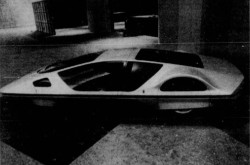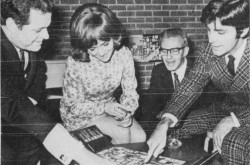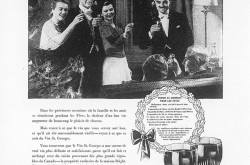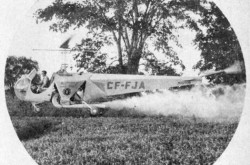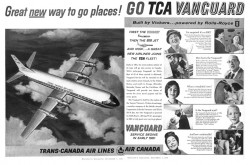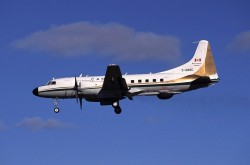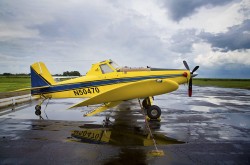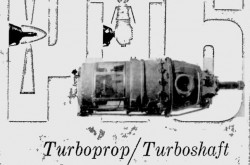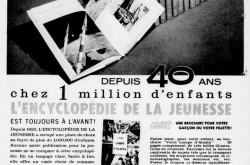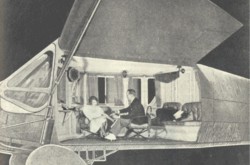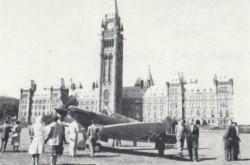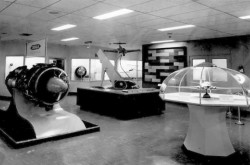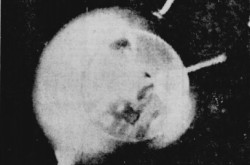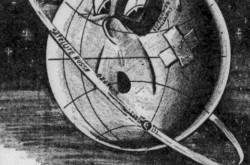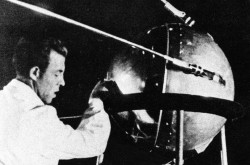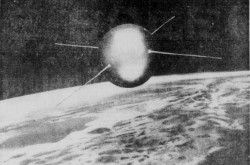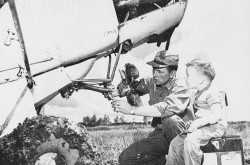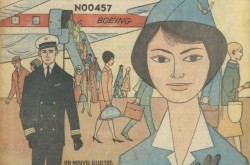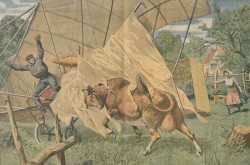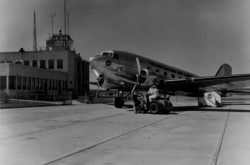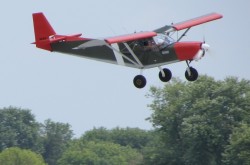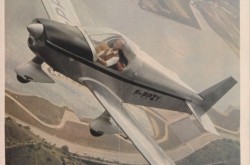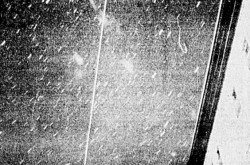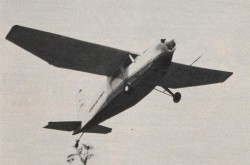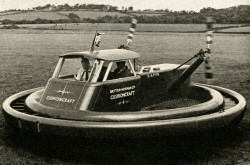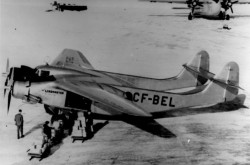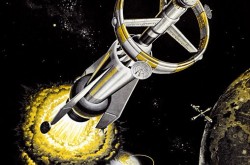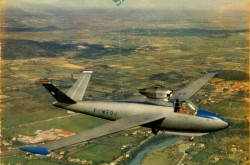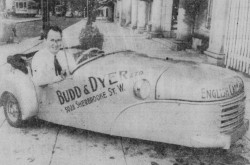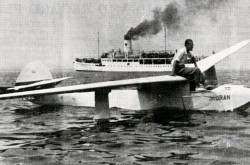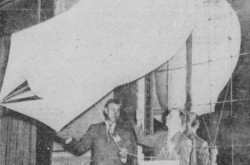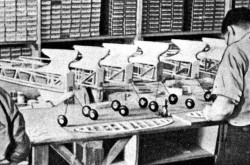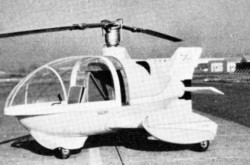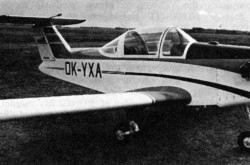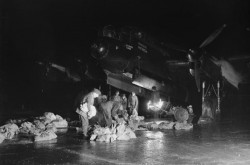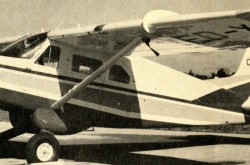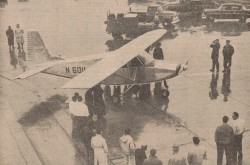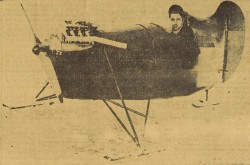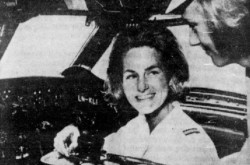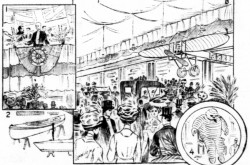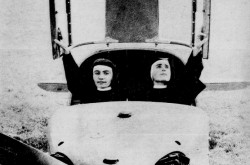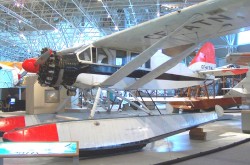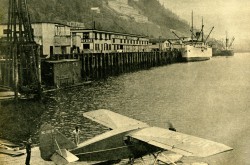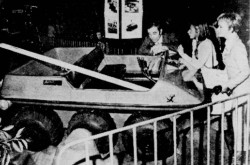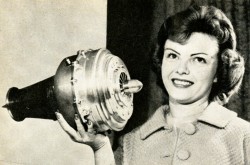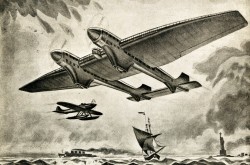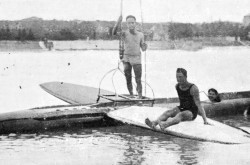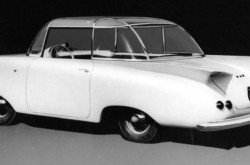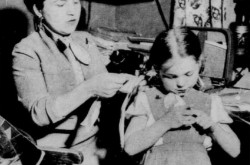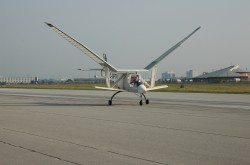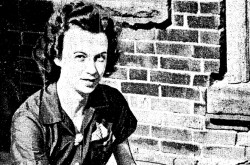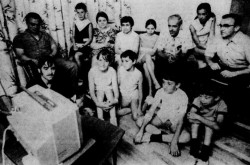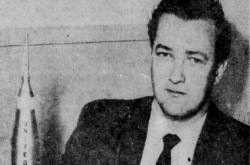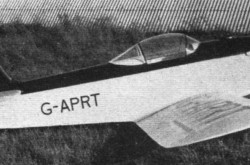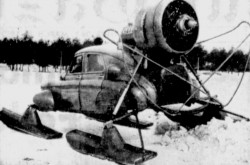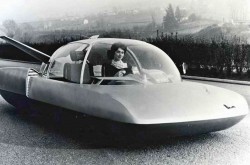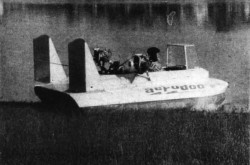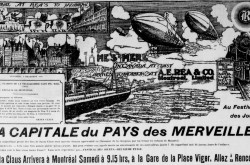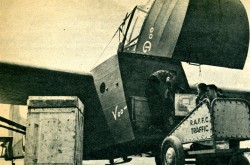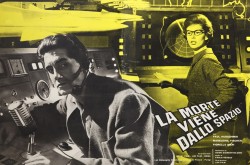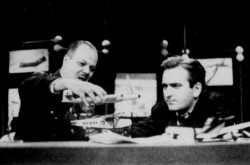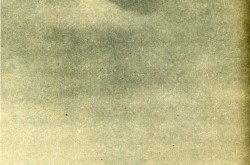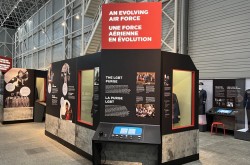“Flying through an eclipse, from a flying point of view, is just an ordinary job of work;” Or, How the Royal Canadian Air Force captured the total eclipse of the Sun of 24 January 1925 – and some extra stuff about that event, part 4

Welcome aboard this 4th and final part of our article on the total eclipse of the Sun of 24 January 1925, my reading friend, and profuse apologies for the deplorable quality of the photograph you saw a few thousand milliseconds ago.
You will of course remember that we left the people involved in that story, namely the 3 pilots of the Royal Canadian Air Force and the journalist Frederick Samuel Gilmore Griffin of the daily newspaper The Toronto Daily Star of… Toronto, Ontario, shortly after the emergency landing carried out by Flight Lieutenant Roy Stanley “Bill” Grandy.
Unaware of what had taken place, Flight Lieutenant George Eric Brookes and Flying Officer Arthur Lawrence Morfee, the aerial photographer in the rear seat of the aircraft, continued their southward journey. They eventually reached Yonge Street, an important North South throughfare which extended northwards from the heart of Toronto to well outside the city. From that point on, Brookes simply followed the traffic going south. Well, he presumably overtook the traffic going south.
Not quite 10 kilometres (5 or 6 miles) north of Toronto, Brookes began to climb in order to punch through the clouds and get as good a view of the eclipse as possible. Unlike what usually happened in such circumstances, the decrease in visibility was not gradual. Nay. One moment, Brookes could see the ground. The next, he just could not. The clouds over Toronto were certainly thicker than what he had expected.
Brookes continued to climb, eager to reach clear skies before the climax of the eclipse. With only a compass in the front seat to steer by, Brookes depended on Morfee to read what the other instruments were saying. The two men communicated via a speaking tube / voice tube.
Actually, why not let Brookes describe what happened next? Any objections? Good. With your permission, I shall not use the quotation format commonly used in this blog / bulletin / thingee. Any objections? Err, too bad so sad.
Beginning of quote.
Up to this time, we hadn’t had sight or sound of anything to indicate that an eclipse was heading in our direction, or we in its. We had struck a level at [2 750 or so metres] 9,000 feet, and the time, as near as I could tell, was between five and six minutes after nine, when the first phase of the phenomenon became apparent.
The light began to grow dim – just as you often see it done by electrical effects on the stage of a theatre. In about forty-five seconds, so far as I could judge, everything was in darkness. I could just faintly make out the outline of my compass, [45 or so centimetres] a foot and a half in front of my face. I couldn’t possibly distinguish any of the bearings on it.
This deep twilight effect, if you could call it that, lasted about a minute more or less, and then the light came on again, just as it had gone off, or perhaps a trifle more rapidly if anything.
Just as we were back in daylight once more, we came into a little semi-clear patch of cloud. It wasn’t absolutely clear – we saw, sort of through a film, a very, very faint streak of sun. Just a slender crescent, but glowing very clearly and distinctly. Really an impressive sight, if one had the time to study it properly.
Morfee had his camera in action by this time. That is, so far as I know. For the next half minute or so we got intermittent glimpses of the same streak of sun. Sometimes it was fairly clear, sometimes the clouds almost obscured it. Then we went into a heavy bank and lost it altogether.
I went on, heading due west. You can’t turn round in the clouds or you will lose yourself straight off. We tried to climb and got to [2 750 or so metres] 9,000 feet, that last [30 or so metres] 100 feet taking us a good five minutes to make. But the clouds were getting thicker, instead of thinner, as we went up.
By this time, of course, we knew that the show was over, and we decided there was nothing to do except to get back down. Five minutes after we came out of the clouds we were nosing for the ice of the bay, where we landed.
End of quote.
Incidentally, Brookes landed around 9:30 in the morning, 90 or so minutes after leaving Camp Borden Air Station.
Still, would you like to see (read?) what Morfee had to say about his experience? Any objections? Good. With your permission, I shall not use the quotation format commonly used in this blog / bulletin / thingee.
Beginning of quote.
The total eclipse took place when we were still in the cloud bank. Suddenly I saw the sun through a jagged hole in the great field of clouds. I was so excited that I involuntarily let out a shout to attract my pilot’s attention. Brookes at once turned the plane sharply around to the east, and as soon as I got around I started to shoot, with my back to the pilot behind whom I was seating. I put one foot and one knee on the seat, got the sun in the range of my view finder, and took my pictures in the direction of the rear of the plane.
The sun when I got my first view of it was a thin wisp of light, just like a fine crescent moon. There was this difference, that the horns of the crescent were prolonged in a trail of light that indicated the perimeter of the moon. I can’t say that I actually saw the lightless moon laying on the disk of the sun, but the trail of illumination at the end of the horns of the crescent made me sense its presence.
End of quote.
For Brookes, the flight was all in a day’s work: “Flying through an eclipse, from a flying point of view, is just an ordinary job of work. That’s all, except for one moment, when it turned dark, so dark that we couldn’t read our instruments.”
To quote the pilot, “It was a cold trip – jove! Yes, or course, we were well wrapped up in anticipation and didn’t suffer any absolute pain from the cold, but it was chilly, undeniably chilly.”
And yes, Morfee was able to take half a dozen photographs of some interest, and this despite the fact that, during the period of darkness, he could not see the viewfinder of his camera.
Having completed his mission, Brookes landed on the ice of Toronto Bay / Toronto Harbour, on Lake Ontario. Morfee immediately set out to have his photographs developed in the photographic laboratory he had set up in the building which housed The Toronto Daily Star, using material that he had brought from Ottawa a few days before the eclipse, and…
To answer the question which has yet to pop into your little noggin, Brookes did not land on the ice of Toronto Bay completely blind. Nay. The commanding officer at Camp Borden Air Station, Wing Commander Lloyd Samuel Breadner, had sent an officer to the site to make sure that the ice was thick enough to welcome an aircraft without cracking.
Indeed, the plan was for the Type 504s piloted by Brookes and Grandy to alight on the ice of the bay after the eclipse.
As we know by now, only Brookes’ aircraft landed on the ice of Toronto Bay. His machine was refueled at some point, on 24 January or later, yours truly cannot state, for the flight back to Camp Borden Air Station, using fuel brough to the site prior to the eclipse.
As you can see, the RCAF had planned this operation in some detail.
And yes, Brookes talked to journalists. You did, after all, see (read?) the long quote, err, quoted above. There was seemingly someone or someones from The Toronto Daily Star for example. By the looks of it, a journalist of The Daily Gleaner of Fredericton, New Brunswick, might, I repeat might, have been present at that impromptu press conference, and…
Yours truly recognises a hand poking through the ether. You have a question, my reading friend? What exactly happened to Grandy and Griffin, you ask? A splendid question.
Soon after takeoff, Grandy informed Griffin that, given the stiff wind blowing from the south, he would fly low, and this until the time came to climb above the clouds to see the eclipse. Even so, the two men knew very well that they were not making good time.
Although he was not unpleasantly cold, Griffin found it difficult to jot down an occasional note while juggling with his heavy gloves.
As was mentioned above, the flight initially went swimmingly. Thirty or so minutes after takeoff, however, as the aircraft flew near Newmarket, Ontario, the connecting rod which connected one of the pistons of the engine to the crankshaft broke and punched a hole through the thin wall of the cylinder. The Type 504’s engine stopped there and then.
His engine crippled in a really bad way, Grandy did not have much time to find a safe spot where he could attempt an emergency landing. His attempt to get as close as possible to Newmarket having failed, he had to make do with a small and humpy field surrounded by fences, with telephone wires on its south side, 6.5 or so kilometres (4 or so miles) North of Newmarket, on a farm owned by a certain A.B. Morning, a Canadian probably. All things considered, the landing went well.
This being said (typed?), Grandy and Griffin found themselves in a forlorn and, with the exception of a dark and silent house, seemingly uninhabited countryside.
A young lad who had seen the aircraft land soon reached the two men as they pondered their next move. They asked him if there was a telephone nearby. Yes, he said, at Edward Goodwin’s farm. A Canadian farmer I presume.
Grandy and Griffin, still wearing their bulky flying clothing, had to plough through heavy snow for nearly 1.6 or so kilometre (1 or so mile) before reaching the farmhouse in question.
Getting through to Camp Borden Air Station took some time. Grandy eventually got Breadner on the horn, however. The latter immediately ordered that a relief aircraft takeoff as quickly as possible. Even so, Griffin knew that he would not see the eclipse from high up.
Standing in the snow, located outside the zone of total darkness and faced with wall to wall clouds, Griffin experienced only a brief period of partial darkness. Yours truly cannot state with any degree of certainty that Grandy was with him at that moment.
You see, Grandy had gotten hold of a horse that he used to draw up his crippled machine close to a fence. He later made arrangements to have the Type 504 staked down so that it would not be damaged by the wind.
In the meantime, Griffin was able to get in touch with someone at The Toronto Daily Star and dictated a story over the phone. The journalist then boarded a sleigh driven by Goodwin so that he could rejoin Grandy.
The text dictated by Griffin appeared on the front page of the 24 January edition, at the level of the fold line. The flight made by Brookes and Morfee got the headline, however, which was utterly natural, but back to Grandy.
That pilot indicated to Griffin that a team from Camp Borden Air Station would have to take an engine, by train, all the way to the train station in Holland Landing. The engine would be put on a sleigh and taken to his Type 504. The team would then rig up a temporary shelter in which they would remove the dead engine and install the new one. Someone, Grandy himself perhaps, would pilot the Type 504 back to Camp Borden Air Station.
A Type 504 piloted by a Canadian officer, Flying Officer David Allen “Dave” Harding, arrived later in the morning. It had been an uncomfortable flight. You see, that pilot had left so quickly that all he had to cover his feet were ordinary boots and overshoes.
Harding informed Griffin that he would fly him to Toronto. With the same breath, he informed Grandy that he was to stay with his aircraft until the repair team got to it. Grandy would then fly the Type 504 back to Camp Borden Air Station.
Once Griffin got well ensconced in his seat, Harding got ready to take off. He knew only too well that his point of departure was a small and humpy field surrounded by fences, with telephone wires on its south side. He taxied to the extreme limit of the field, turned around and put the pedal to the metal. The strong wind which was still blowing from the South helped Harding to easily clear all obstacles in his way.

The Irish Canadian journalist Frederick Samuel Gilmore Griffin of The Toronto Daily Star, on the right, with Flying Officer David Allen Harding, after their landing on the ice of Toronto Bay, Toronto, Ontario. Griffin’s badger gauntlets were clearly visible, as were elements of the Gosport tube through which Flight Lieutenant Roy Stanley Grandy had communicated with him earlier in the day. Anon., “Stranded Airmen Saw Great Eclipse from North York.” The Toronto Star Weekly, 24 January 1925, 1.
The first 5 or so minutes of the flight gave Griffin quite the scare. You see, the Type 504 was violently tossed around by air currents. The remainder of the journey was uneventful, however. Harding safely landed on the ice of Toronto Bay. His machine was refueled at some point, on 24 January or later, yours truly cannot state, for the flight back to Camp Borden Air Station, using fuel brough to the site prior to the eclipse.
Brookes, Grandy and Morfee went on to have successful careers, as did Griffin. Brookes passed away in September 1982. He was almost 88 years old. Grandy passed away in April 1965, soon after celebrating his 71st birthday. Morfee passed away in March 1986. He was almost 89 years old. Griffin, finally, passed away in January 1946. He was not yet 57 years old.
So our story ends.
And now a brief message from this writer. Given that the 1st and 2nd days of February 2025 are respectively a Saturday and a Sunday, given also that the inveterate fribbler that I am likes to fribble more than a little, me thinks that this issue of our fantastic blog / bulletin / thingee should be the only one issued this weekend. Any objections, my reading friend? […] Objection denied.
See you next week.



































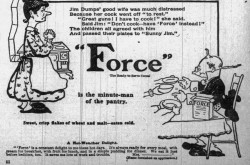

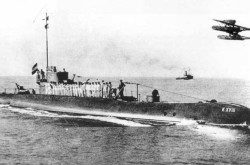

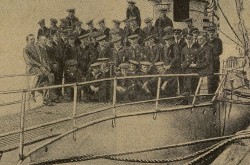
![A block of photographs showing some of the people involved in the bombing of beluga whales in the estuary and gulf of the St. Lawrence River. Anon., “La chasse aux marsouins [sic]. » Le Devoir, 15 August 1929, 6.](/sites/default/files/styles/thumbnail_7/public/2024-09/Le%20Devoir%2015%20aout%201929%20page%206.jpg?h=584f1d27&itok=TppdLItg)
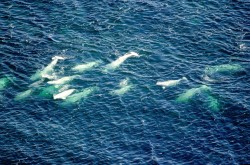
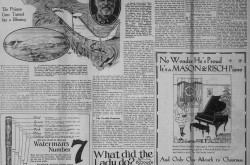

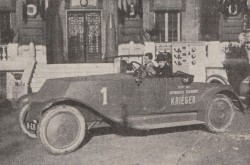
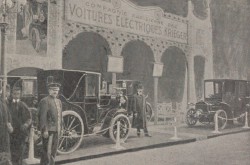
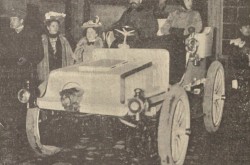
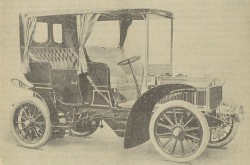


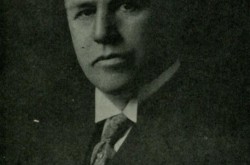

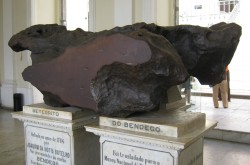
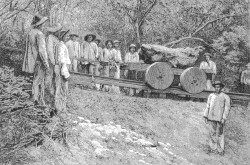
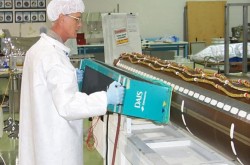
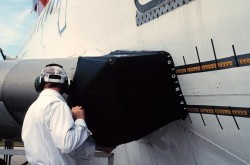
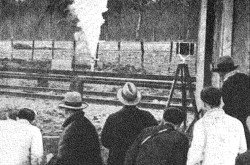
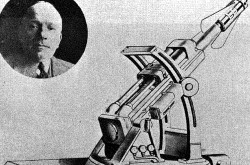
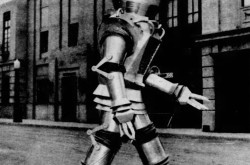

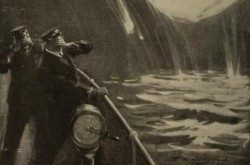
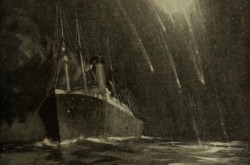
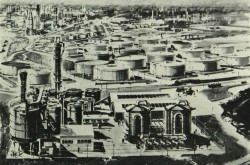
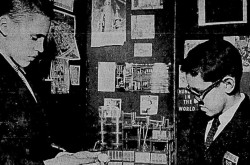
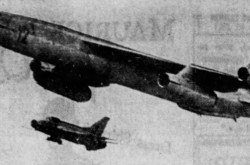
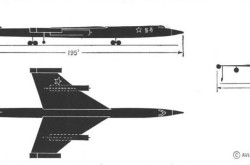
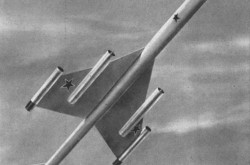
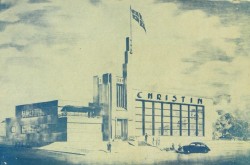

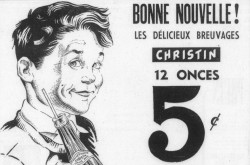
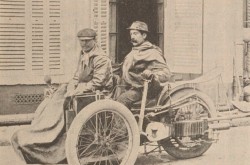
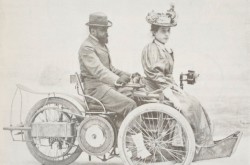
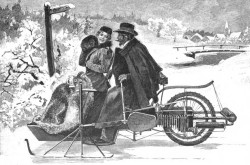

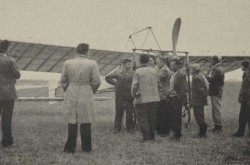
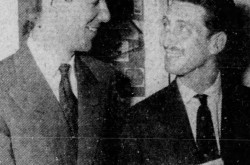
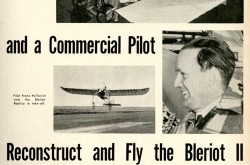

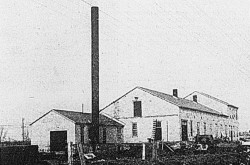
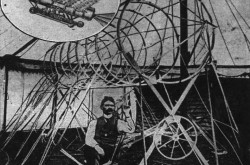
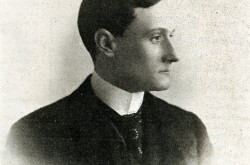
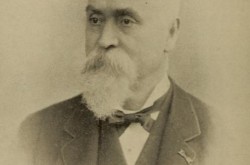

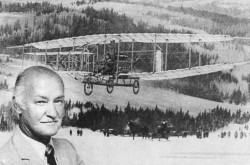
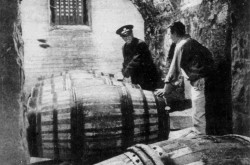
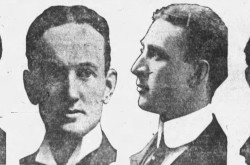
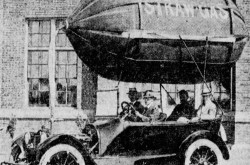

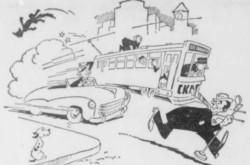

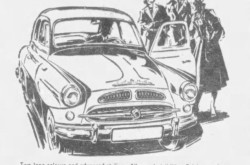
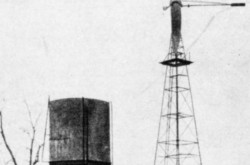

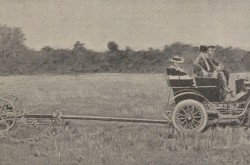
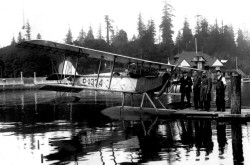
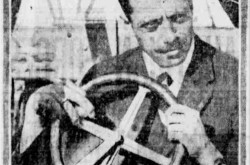
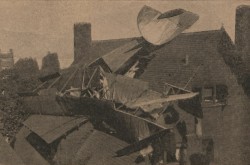
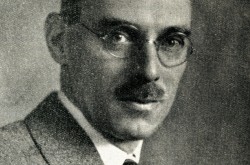
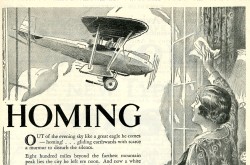
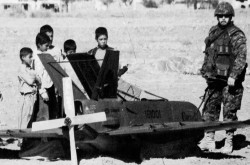
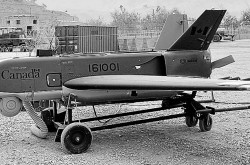
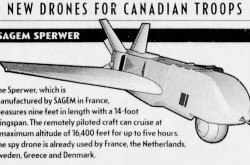

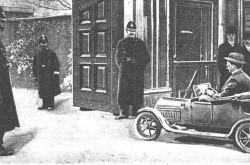
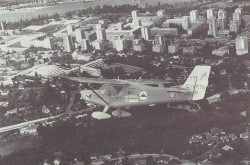

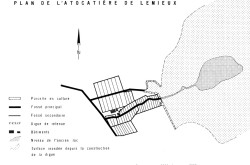
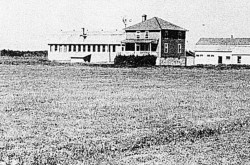
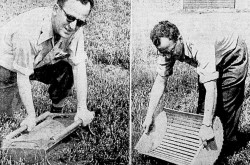
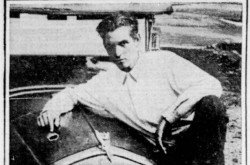
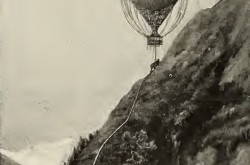


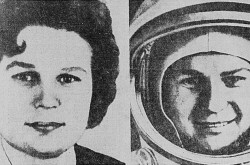
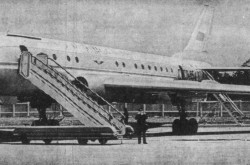
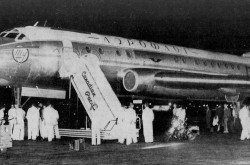
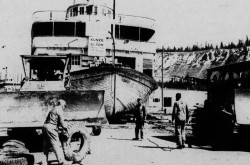
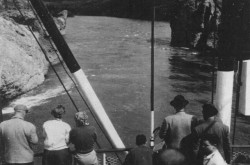
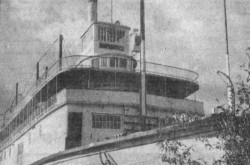

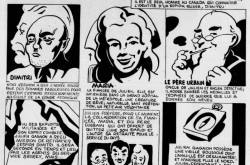
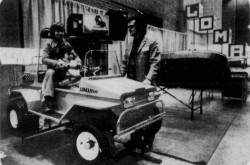
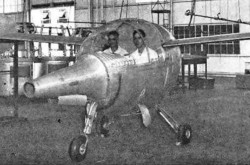
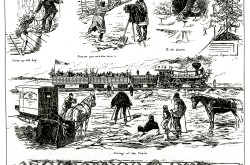
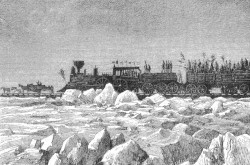

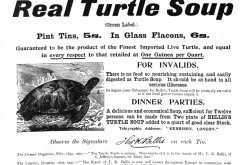
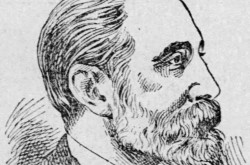

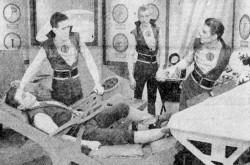
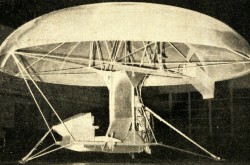
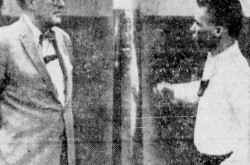

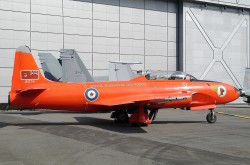
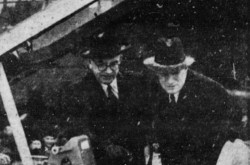
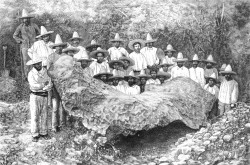
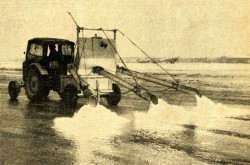
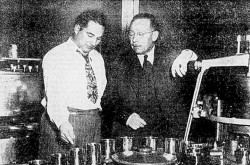
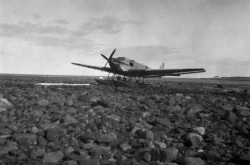
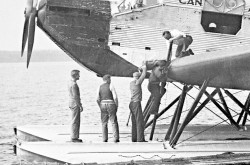
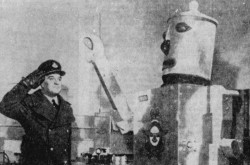
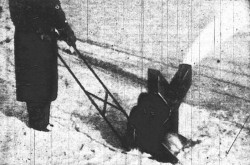
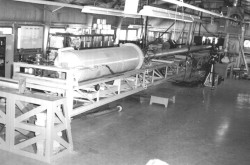
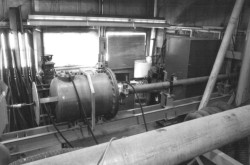
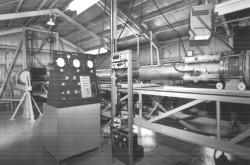


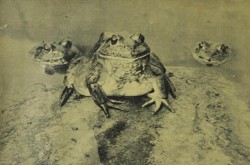
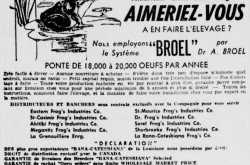

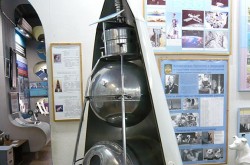
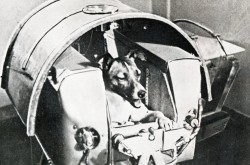
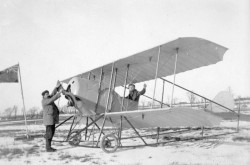
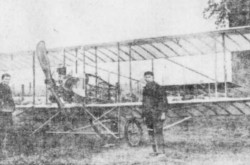

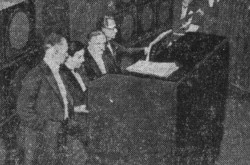
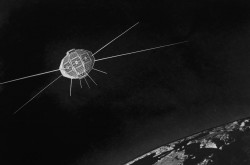
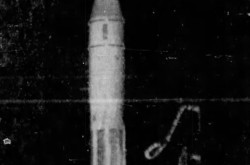
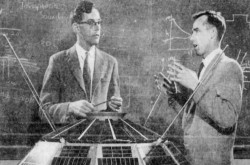


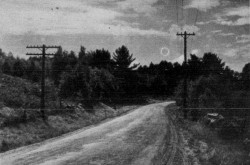
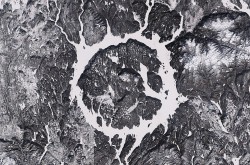

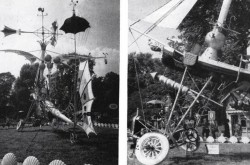

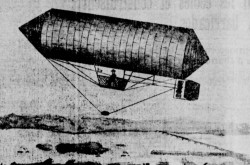
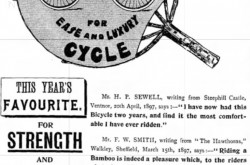
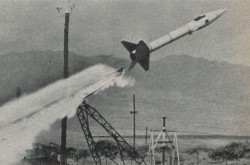


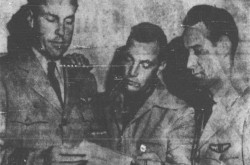
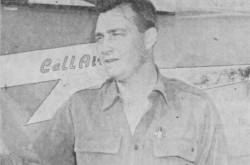
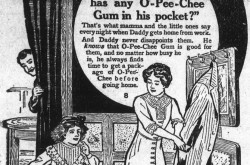

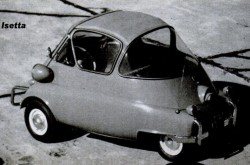
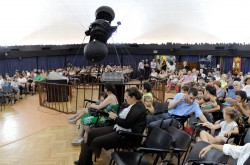
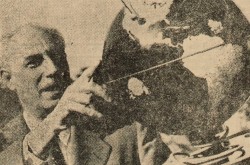



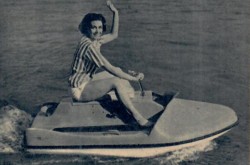

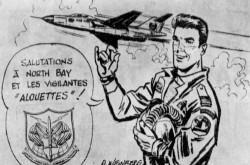
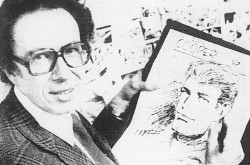
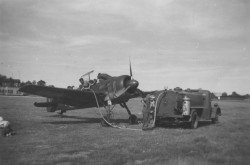
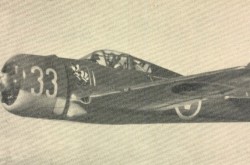
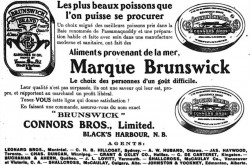
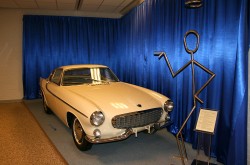

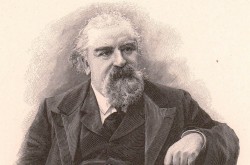

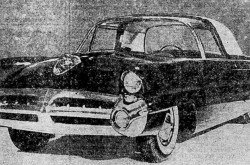
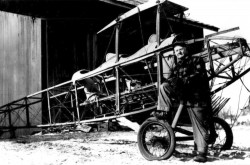

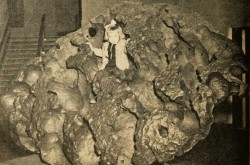

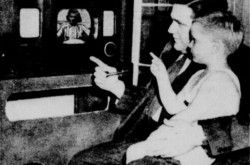
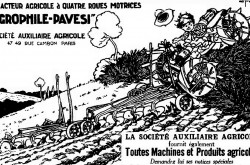
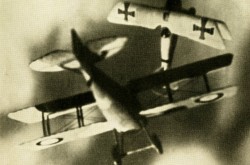
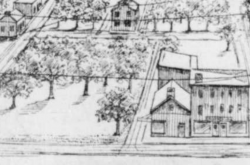
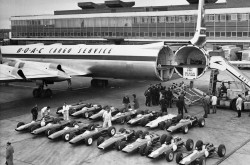
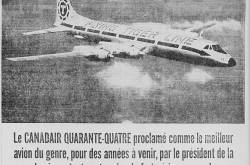
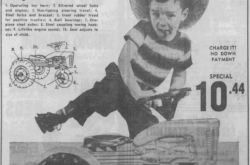
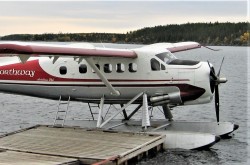
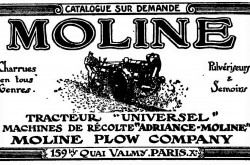
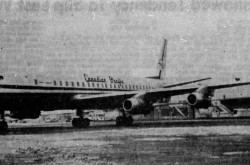
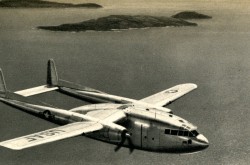
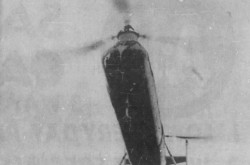
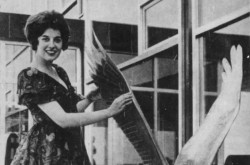
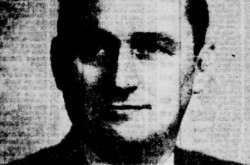
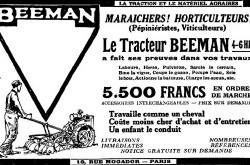
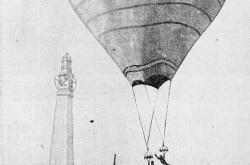
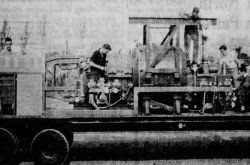
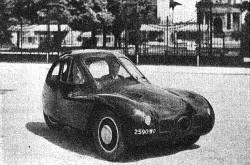
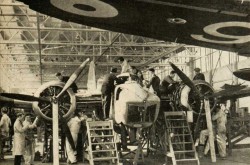
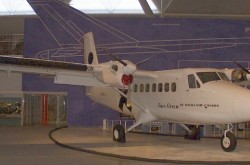
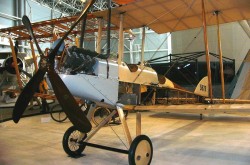
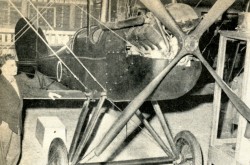
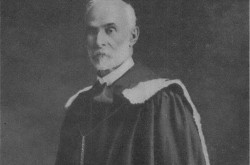
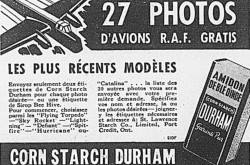
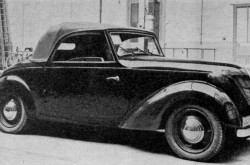
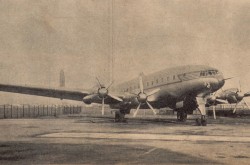
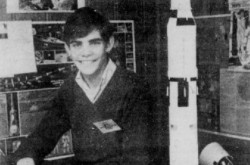

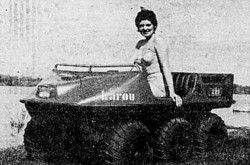
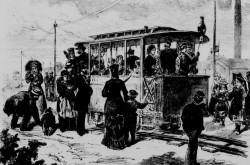


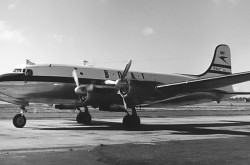

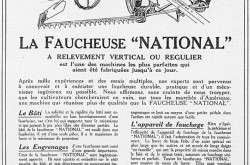
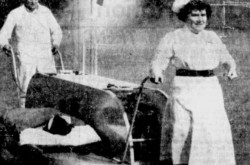
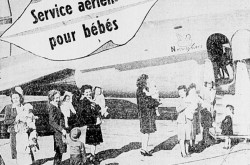
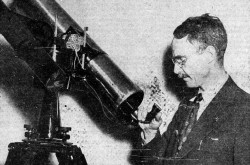
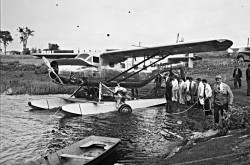
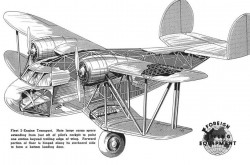
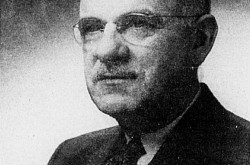
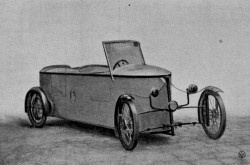
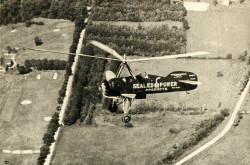
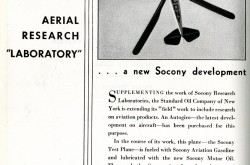
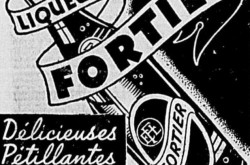
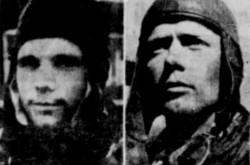
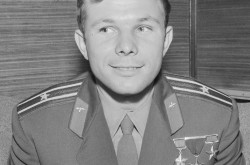
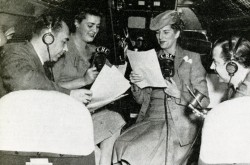
![Peter Müller at the controls [sic] of the Pedroplan, Berlin, Germany, March 1931. Anon., “Cologne contre Marseille – Le mystère du ‘Pédroplan.’ [sic]” Les Ailes, 2 April 1931, 14.](/sites/default/files/styles/thumbnail_7/public/2021-04/Les%20Ailes%202%20avril%201931%20version%20big.jpg?h=eafd0ed4&itok=WnBZ5gMf)
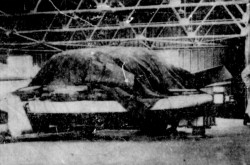

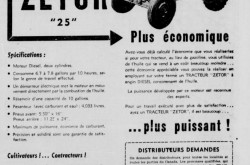
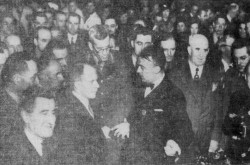
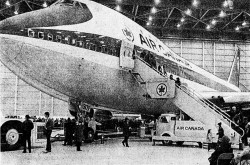
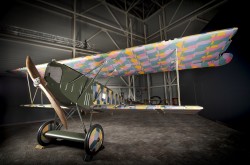
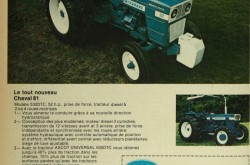
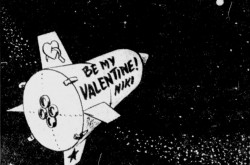
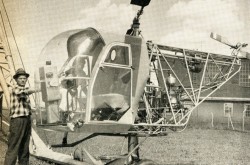
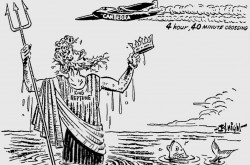
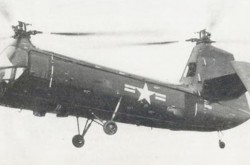
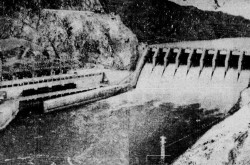
![One of the first de Havilland Canada Chipmunk imported to the United Kingdom. Anon., “De Havilland [Canada] DHC-1 ‘Chipmunk.’” Aviation Magazine, 1 January 1951, cover.](/sites/default/files/styles/thumbnail_7/public/2021-01/Aviation%20magazine%201er%20janvier%201951%20version%202.jpg?h=2f876e0f&itok=DM4JHe5C)

